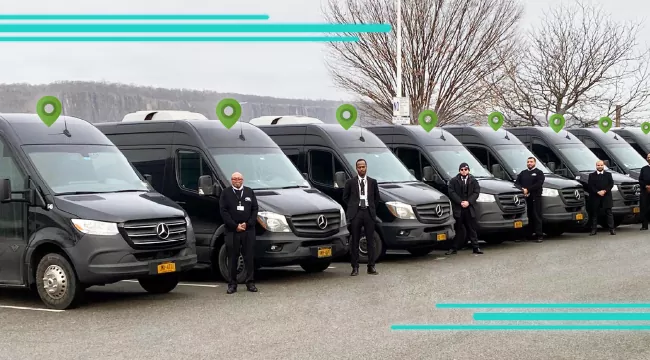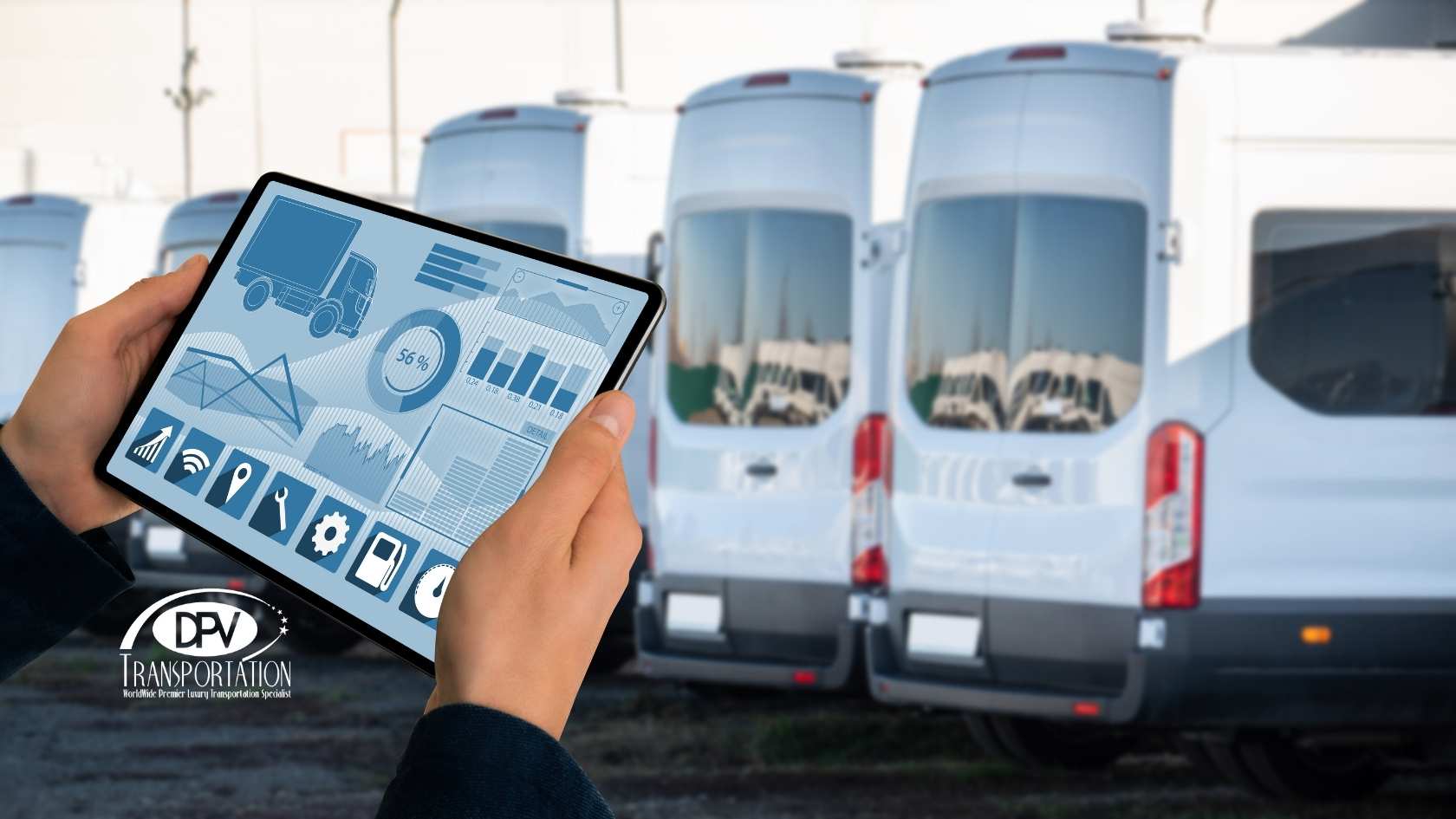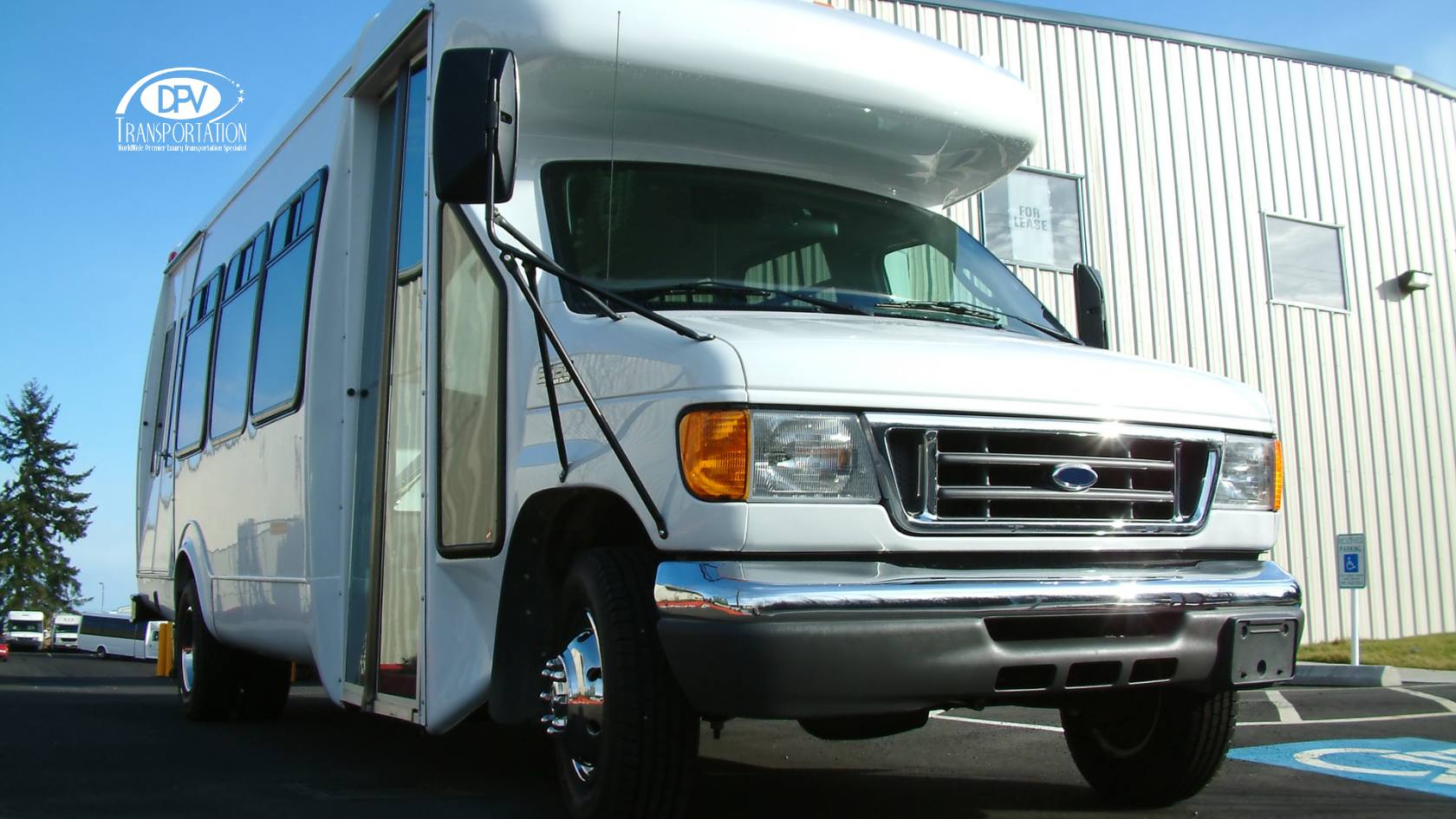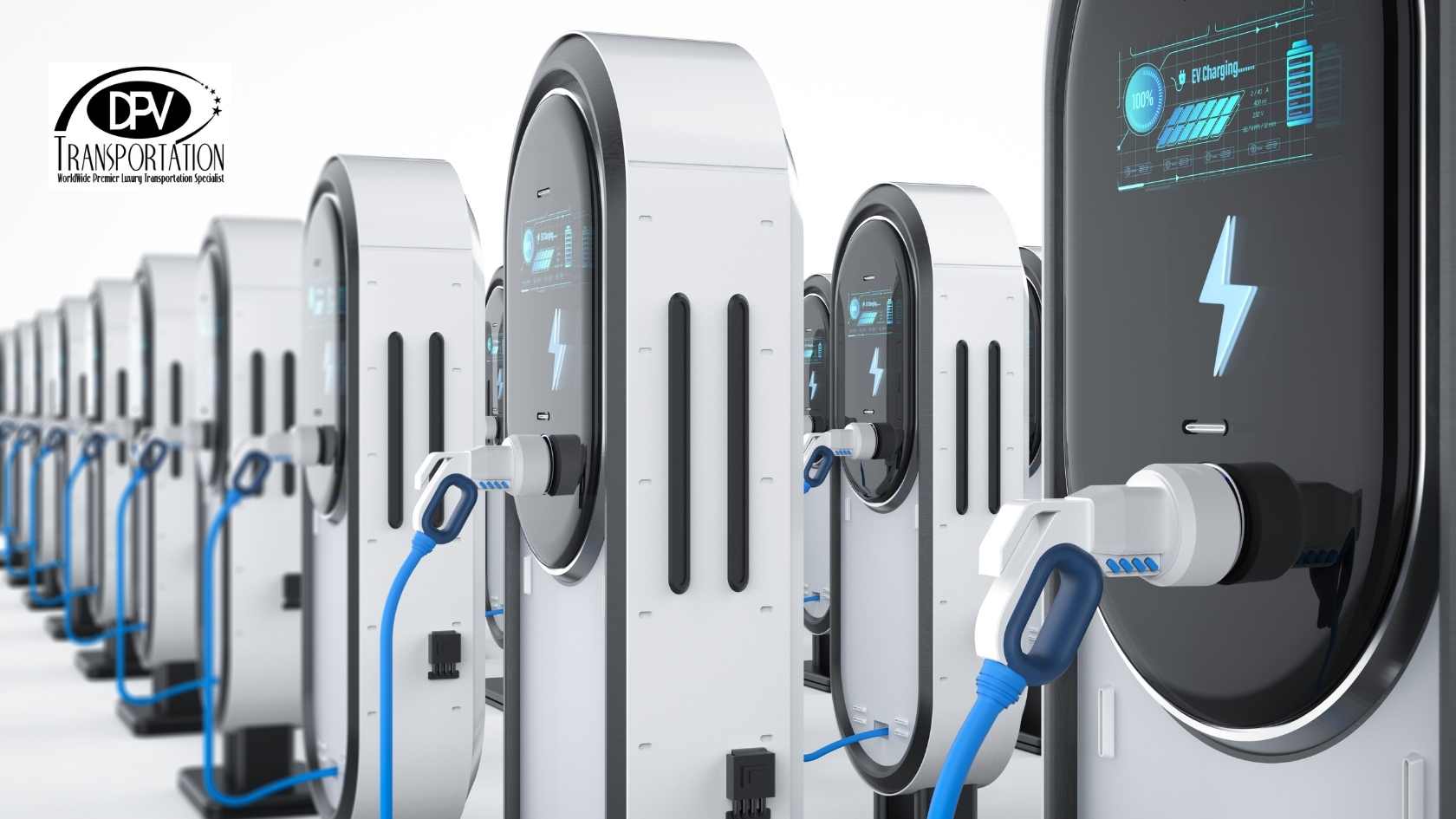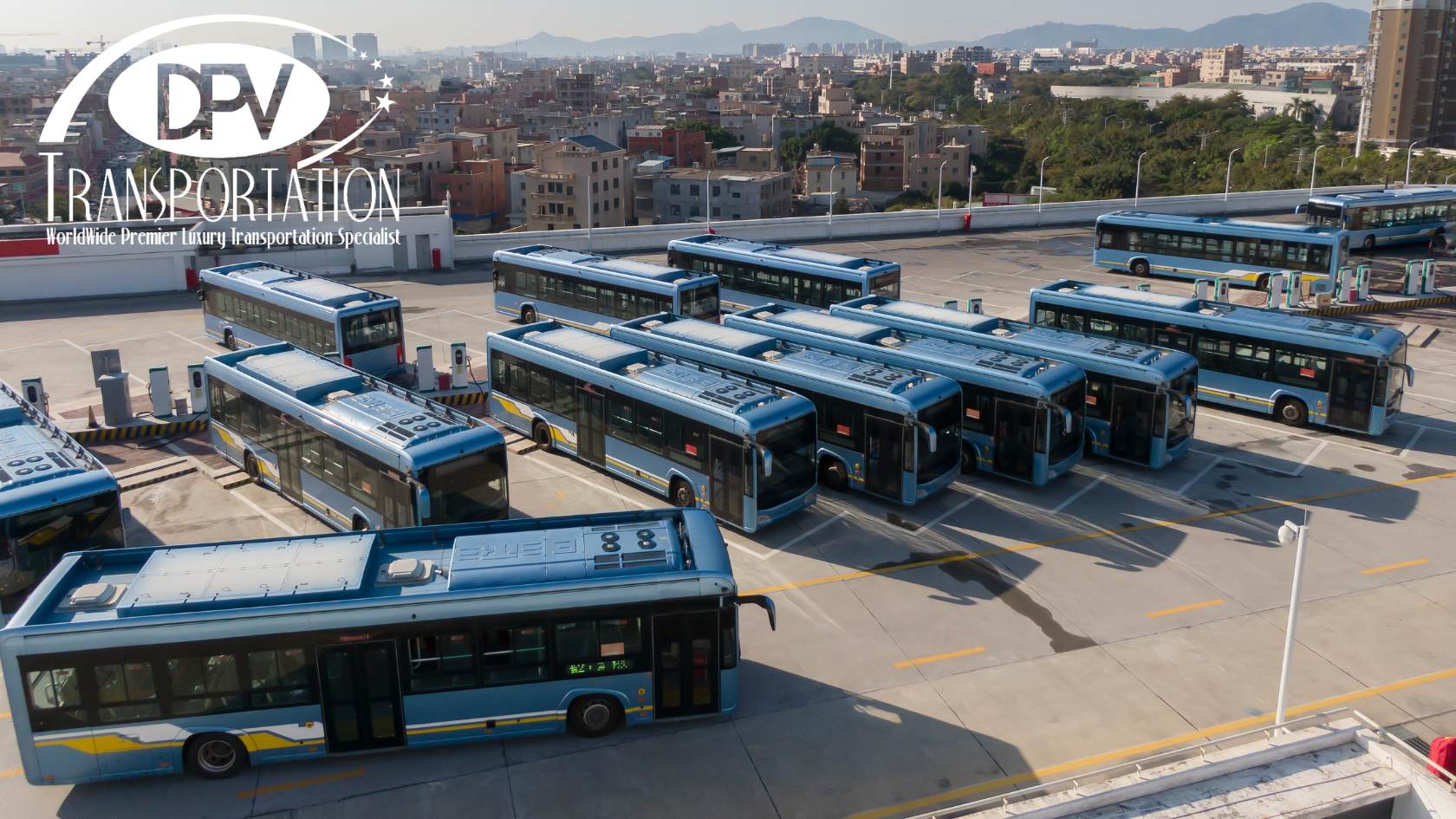How Campus Shuttle Buses Improve Student Safety and Accessibility
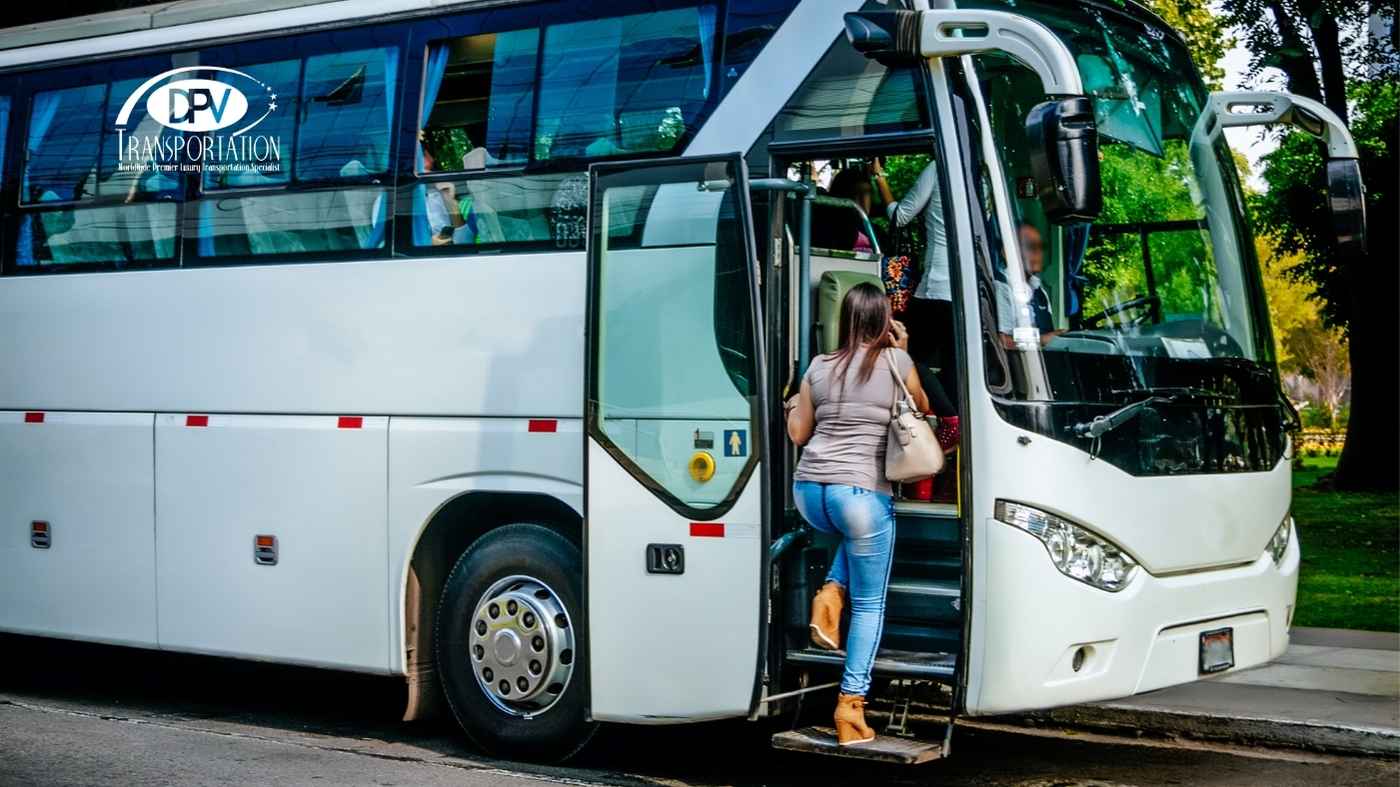
In today’s dynamic university environments, ensuring student safety and accessibility is a top priority for campus administrators. With growing student populations and expanding campus footprints, efficient and secure university transportation systems have become essential. Campus shuttles not only facilitate seamless movement but also significantly enhance safety measures. This article explores how shuttle buses contribute to a safer and more accessible campus, providing valuable insights for procurement and transportation managers seeking effective solutions.
Learn more about our university shuttle services.
Understanding the Transportation Needs of Modern Campuses
Universities today are vibrant hubs of activity, functioning much like small cities with their own unique challenges. The complexity of managing campus transportation involves several key factors:
- Expansive Campuses: As universities grow, the distances between lecture halls, libraries, dormitories, and recreational facilities increase. This expansion makes it challenging for students to move quickly and efficiently across campus, especially between back-to-back classes or commitments.
- Diverse Schedules: Students lead busy lives filled with classes, labs, study groups, extracurricular activities, part-time jobs, and social events. These activities often occur at various times throughout the day and night, necessitating reliable transportation options that operate beyond standard hours.
- Safety Concerns: Navigating campus during late hours can pose safety risks, particularly in poorly lit or isolated areas. Students walking alone at night may feel vulnerable, and incidents can occur. Providing secure transportation helps mitigate these risks by ensuring students have a safe way to get to their destinations.
- Accessibility Requirements: Universities have a legal and ethical responsibility to provide equal access to all students, including those with disabilities. Accessible transportation options are essential for students with mobility challenges, ensuring they can attend classes and participate fully in campus life without barriers.
Enhancing Student Safety with Shuttle Buses
Student safety is a paramount concern for university administrators and campus managers. With the increasing complexity of campus life, providing secure and reliable campus transportation is essential to protect students both on and off campus. Shuttle buses play a critical role in enhancing safety through well-designed services and stringent safety protocols, including comprehensive driver training programs. Let’s explore how shuttle buses contribute to a safer campus environment:
1. Safe Transportation During Late Hours
Many students find themselves on campus late into the evening, whether they’re studying at the library, participating in extracurricular activities, or working on group projects. Navigating the campus after dark can pose safety risks. Shuttle buses address these concerns by offering:
- Reliable Late-Night Service: Dedicated shuttle routes during evening and nighttime hours reduce the need for students to walk alone in the dark. Regular and frequent services ensure that students have access to safe transportation whenever they need it.
- Monitored Rides: University-operated shuttles are subject to strict safety protocols. This includes conducting thorough background checks on drivers and implementing real-time monitoring systems. GPS tracking and onboard cameras enhance security by allowing campus security teams to oversee shuttle operations.
- Driver Safety Programs: Implementing comprehensive driver training ensures that shuttle operators are well-versed in safe driving practices. Programs may cover defensive driving techniques, emergency response procedures, and customer service skills. Well-trained drivers are better equipped to handle unexpected situations, contributing to overall student safety.
- Safe Ride Programs: Some universities offer on-demand shuttle services that students can request via mobile apps. These programs provide personalized and immediate transportation options during late hours, further reducing wait times and exposure to potential risks.
2. Reducing Traffic and Accidents
An efficient shuttle system can significantly decrease the number of personal vehicles on campus, leading to a safer environment:
- Minimize Vehicle Traffic: By encouraging students to use shuttle buses instead of personal cars, universities can reduce traffic congestion. Fewer vehicles mean lower chances of collisions and pedestrian accidents, creating a safer campus for everyone.
- Organized Pick-Up and Drop-Off Points: Designated shuttle stops are strategically located in well-lit, high-traffic areas. This organization improves pedestrian safety by minimizing random crossing points and ensuring that students gather in secure locations.
- Safety-Conscious Route Planning: Shuttle routes are designed with safety in mind, avoiding hazardous areas and incorporating features like speed bumps and clear signage. Regular assessments help identify and mitigate potential risks along the routes.
- Environmental Benefits Leading to Safety: Reduced traffic not only lowers emissions but also decreases noise pollution and stress levels, contributing to a calmer and safer campus atmosphere.
3. Transportation Safety Measures
Ensuring that shuttle services are safe involves a multifaceted approach:
- Driver Vetting and Training: Drivers undergo rigorous background checks, including driving records and criminal history. Continuous training programs keep drivers updated on the latest safety regulations and best practices.
- Vehicle Maintenance and Safety Checks: Regular inspections and maintenance of shuttle buses prevent mechanical failures that could lead to accidents. Safety features like seat belts, anti-lock braking systems, and electronic stability control are standard in modern shuttle buses.
- Emergency Communication Systems: Buses are equipped with communication devices that allow drivers to quickly contact campus security or emergency services if needed. Some systems enable real-time communication with passengers, providing updates or instructions during unforeseen events.
- Health and Safety Protocols: In light of health concerns, shuttles may implement measures such as regular sanitization, air filtration systems, and guidelines for passenger spacing to ensure the well-being of all onboard.
4. Emergency Preparedness
Shuttle services play a vital role in a university’s emergency response plan:
- Quick Evacuation Routes: In emergencies like natural disasters or security threats, shuttle buses can swiftly transport large numbers of students and staff to safety. Pre-planned evacuation routes and trained drivers enhance the effectiveness of these efforts.
- Communication Systems: Integrated technology allows for timely dissemination of information. Mobile apps and onboard announcements keep passengers informed about emergency procedures, shelter locations, or changes in shuttle services.
- Coordination with Campus Security: Shuttle operations are often closely linked with campus police or security departments. This collaboration ensures a unified response during emergencies and enhances routine safety monitoring.
5. Off-Campus Safety Considerations
Student safety extends beyond campus boundaries:
- Extended Shuttle Services: Providing transportation to popular off-campus housing areas, shopping centers, or social venues reduces the risks associated with students traveling alone or using unregulated transportation options.
- Partnerships with Local Authorities: Collaborating with city transportation agencies and law enforcement enhances safety measures in areas surrounding the campus.
- Awareness Campaigns: Universities can promote safe travel practices through education, encouraging students to utilize shuttle services and remain vigilant about personal safety.
6. Building a Culture of Safety
A successful transportation safety program involves the entire campus community:
- Feedback Mechanisms: Encouraging students to report concerns or suggestions about shuttle services helps identify issues and improve safety measures.
- Regular Safety Audits: Conducting periodic evaluations of transportation services ensures that safety standards are maintained and updated as needed.
- Promoting Safe Behaviors: Educational initiatives can highlight the importance of using designated shuttle services, wearing seat belts, and respecting safety protocols.
Improving Accessibility for All Students
1. Accommodating Students with Disabilities
Modern shuttle buses can be outfitted with features that support students with disabilities:
- Wheelchair Accessibility: Ramps and secure seating areas ensure safe boarding and travel.
- Priority Seating: Reserved areas for those who need them most.
2. Bridging Distance Gaps
For campuses spread over large areas or multiple locations:
- Efficient Routes: Shuttles connect remote facilities, residences, and off-campus sites.
- Reduced Commute Times: Helps students arrive on time, enhancing academic performance.
3. Affordable Transportation Options
Shuttle buses provide cost-effective solutions:
- Free or Subsidized Rides: Reduces the financial burden on students who might otherwise rely on paid services.
- Eliminates Need for Personal Vehicles: Lessens parking demand and associated costs.
Technological Advancements in Campus Shuttles
1. On-Demand Shuttle Services
Some universities are adopting app-based, on-demand shuttle systems:
- Real-Time Tracking: Students can see shuttle locations and estimated arrival times.
- Flexible Routing: Adjusts to demand, providing efficient service without fixed schedules.
2. Integration with Campus Security
Enhanced safety through technology:
- Safe Ride Programs: Allow students to request rides during specific hours for added security.
- Monitoring Systems: Cameras and communication tools onboard improve overall safety.
3. Data-Driven Improvements
Analyzing usage patterns helps optimize services:
- Route Optimization: Adjusting routes based on peak times and high-demand areas.
- Resource Allocation: Deploying additional shuttles when and where they are needed most.
Environmental Benefits
Shuttle buses contribute to sustainability goals:
- Reduced Carbon Footprint: Fewer individual vehicles mean lower emissions.
- Eco-Friendly Fleets: Adoption of electric or hybrid buses aligns with environmental initiatives.
Considerations for Procurement and Transportation Managers
When evaluating transportation contractors, managers should consider:
- Experience and Reliability: Contractors with a proven track record in university settings.
- Safety Protocols: Rigorous driver vetting and vehicle maintenance procedures.
- Customization Options: Ability to tailor services to the university’s specific needs.
- Technology Integration: Support for apps and real-time tracking systems.
- Scalability: Capacity to adjust services based on changing campus populations or requirements.
Partnering with the Right Transportation Provider
Selecting the right partner is crucial for implementing effective campus shuttles:
- Expertise in University Transportation: Understanding the unique challenges of campus environments.
- Commitment to Safety and Accessibility: Prioritizing student well-being in all aspects of service.
- Innovative Solutions: Offering modern, technology-driven options that enhance user experience.
Discover how DPV Transportation can support your campus needs.
Conclusion
Shuttle buses play a vital role in improving student safety and accessibility on university campuses. By providing reliable, efficient, and secure transportation, universities can enhance the overall student experience, meet accessibility requirements, and promote a safer campus environment. Procurement and transportation managers have the opportunity to make impactful decisions by selecting transportation solutions that align with these goals, leveraging technology and expertise to serve their communities better.
About DPV Transportation
At DPV Transportation, we specialize in providing customized university shuttle services that prioritize safety, accessibility, and efficiency. With cutting-edge technology and a commitment to excellence, we partner with universities to create transportation solutions that meet the unique needs of each campus.
Learn more about our services and how we can assist your university.
